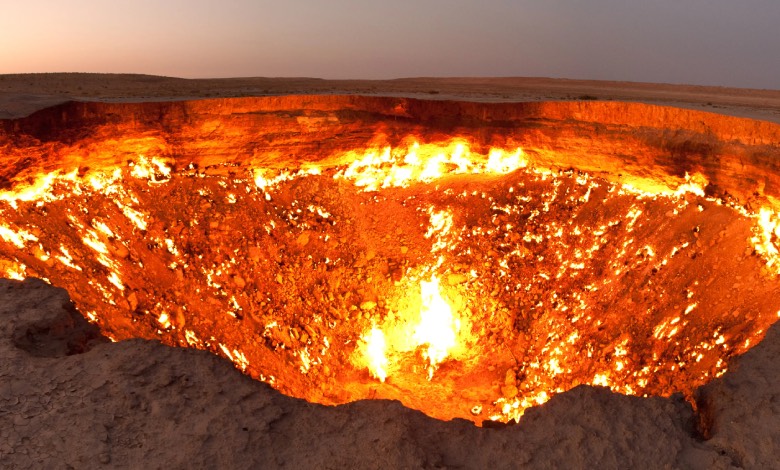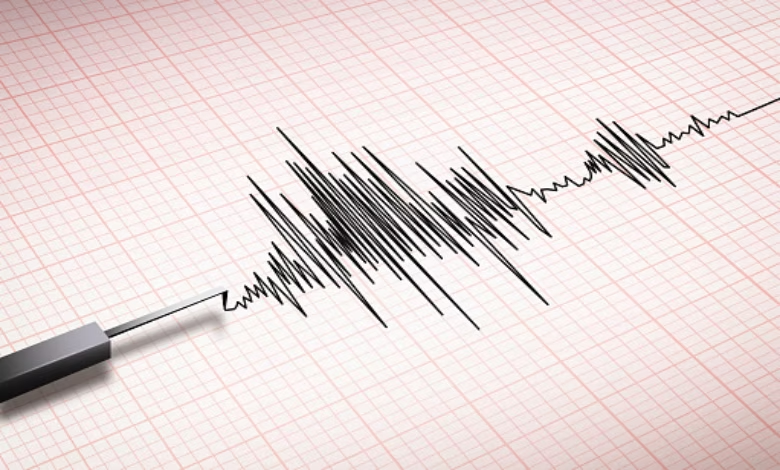Turkmenistan’s Infamous ‘Door to Hell’ Fire Crater Shows Signs of Containment After Five Decades of Burning

In the early 1970s, Soviet researchers accidentally triggered a continuous blaze in an underground natural gas deposit located in Turkmenistan’s remote landscape. This perpetual flame has earned the notorious nickname “Door to Hell” or “Gateway to Hell,” transforming into an unexpected tourist destination within this secretive Central Asian republic. Recent developments from Thursday, June 5th, reveal that authorities have achieved partial success in controlling the flames at the Darvaza gas formation.
The inferno that has raged continuously across the Karakum desert landscape since 1971, releasing substantial volumes of methane into the atmosphere, has now been diminished by approximately two-thirds, according to governmental representatives.
“Previously, the intense illumination from this blaze could be observed from multiple kilometers distance, earning its hellish designation, but currently only minimal combustion sources persist,” stated Irina Luryeva, an executive at the state-controlled energy corporation Turkmengaz, as reported by AFP news agency. Given methane’s contribution to global warming concerns, multiple extraction wells have been constructed surrounding the formation to collect escaping methane. Turkmenistan possesses the planet’s fourth-most-extensive gas deposits while simultaneously ranking as the largest methane polluter due to pipeline leakages, despite official governmental disputes of this characterization.
Background of the Darvaza Gas Formation
The Darvaza gas formation represents one of several naturally occurring gas deposits worldwide that maintain continuous combustion following initial ignition, with Iraq’s Baba Gurgur serving as another notable example. Officially designated as ‘the Karakum Illumination,’ the formation’s base displays hundreds of individual natural gas flames.
Positioned 260 kilometers from Turkmenistan’s capital city Ashgabat, the formation sits within Darvaza village amid the expansive Karakum Desert. Measuring between 60-70 meters across with approximately 30 meters depth, the crater produces distinctive sulfurous odors. Its origins remain debated and contentious, with certain sources suggesting the initial collapse occurred during the 1960s. Various reports indicate the gas ignition resulted from a 1971 incident when Soviet drilling operations caused ground collapse. Engineers subsequently ignited the escaping gases to prevent toxic emission accumulation.
Tourism Despite the Infernal Conditions
Despite its unpleasant atmospheric conditions, the formation continues attracting visitors, particularly those seeking nighttime experiences to witness the complete spectacle of flames. Following its 2013 designation as a protected natural area, thousands of international visitors have traveled to this remote location.
George Kourounis, who became the first person to descend into the crater’s depths for scientific soil collection, described it as ‘an amphitheater of flames.’ “Throughout your entire field of vision, countless individual fires burn continuously. The acoustic experience resembled aircraft engines, producing this thunderous, high-intensity, gas-combustion sound. Remarkably, no smoke was present. The combustion occurs so efficiently that visibility remains completely unobstructed. Every individual flame tongue is clearly visible,” he explained to National Geographic Channel, which provided expedition funding.
This location also gained political significance when President Berdimuhamedow made a dramatic public appearance there to counter death rumors. State television broadcast footage of him performing automotive stunts in the surrounding area.
Historical Containment Attempts
Turkmen leadership has pursued flame suppression strategies for multiple decades.
During 2022, President Gurbanguly Berdimuhamedow declared intentions to eliminate the crater’s fires, citing negative health impacts on regional populations and ongoing environmental degradation.
Methane capture well construction around the perimeter has continued for years, designed to collect and utilize the escaping gas resources.




